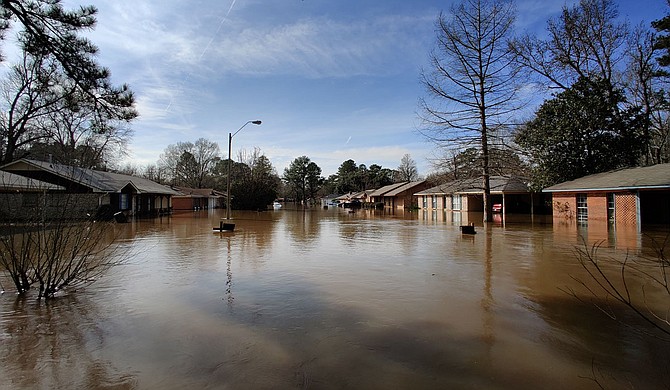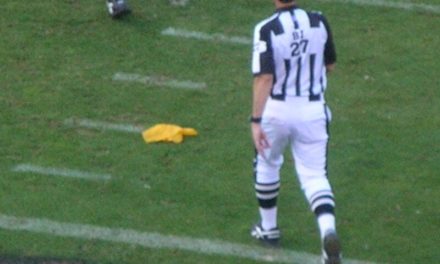By John Branston
Well, at least we have water.
Say this for Memphis, we are the Saudi princes of good potable water while our neighbor 200 miles south, Jackson, MS, is in the national news this week for a city-wide lack of water to drink, bathe in, and brush teeth. It could last weeks or even months and cost a few hundred million or more to fix.
Poor Jackson.
I say that as a former resident, not a snob. Yes, capital cities have advantages, but Jackson has no scenic riverfront, no FedEx, no Beale Street or Graceland, no downtown residential boom, and damn near no tax base and no annexation tools and white flight to Rankin County on the east and Madison County on the north.
Making matters worse, later if not sooner, the governor is a Trumper while the congressman from Jackson is leading the inquiry into the riot. Three, two, one, let the finger pointing begin.
I was about to sand “hand washing” but that would be cruel. Memphians who have gone a few days without water can hardly imagine what it would be like to rely on shipment of bottled water for a few weeks or more. (A family member who lives in Jackson said he has low-pressure water at his house near Belhaven so national reports may be a bit exaggerated.)
I moved to Jackson in 1979 when its population was over 200,000 and bought a house for $34,000 within sight of the state fairgrounds which flooded a year earlier. The population today is about 150,000. It is an “other side of the tracks” town with the small white population on the east and the majority black population on the west, north, and south.
I leave to technicians and reporters the particulars of water treatment plants in the ‘burbs, the containment pond just west of I-55 ten miles north of town, and the Ross Barnett Reservoir (built decades ago and billed to Jackson “in the event its population reaches 500,000” according to the 55-page concept-to-completion report that does not mention any input whatsoever from the segregationist governor for whom it is named.)
The Pearl River is the problem. It floods. Quite often.
There was a “100-year flood” in 1978 and another one in 1979 long before the five-inch deluge last week. You can see the river, the swamps, the treatment plant and the lowlands when you drive through Jackson on I-55 or I-20. In a normal August the not-mighty Pearl runs a trickle and has broad sandbars on both sides. Not this year.
As Tom Jones pointed out in the last Smart City Memphis post, Memphis has grown by annexations, big ones, since the 1960s. Who knows (not many) that Raleigh and Whitehaven were annexed half a century ago? Without that and more recent hostile takeovers the population of Memphis would not be 160,000 but it would not be 630,000 (or whatever) either.
A developer of Southaven, MS, once told me he saw the writing on the wall in the late 1950s. The whites would leave and move to DeSoto County. He was right.
To read more about the water crisis in American cities, see recent front pages of the Washington Post and Wall Street Journal (“Jackson Water Crisis Puts U.S. Cities on Alert”). To learn more about food and sports, check the local media.
**
John Branston wrote the four-part series on Mississippi in the July issue of Memphis magazine.
**
John Branston wrote the four-part series on Mississippi in the July issue of Memphis magazine.






